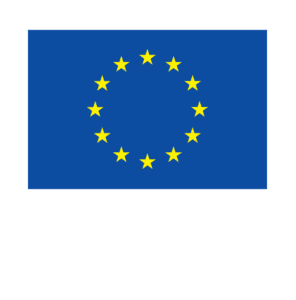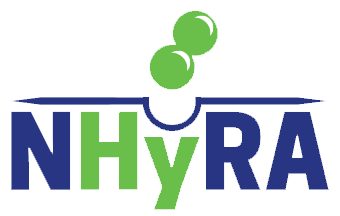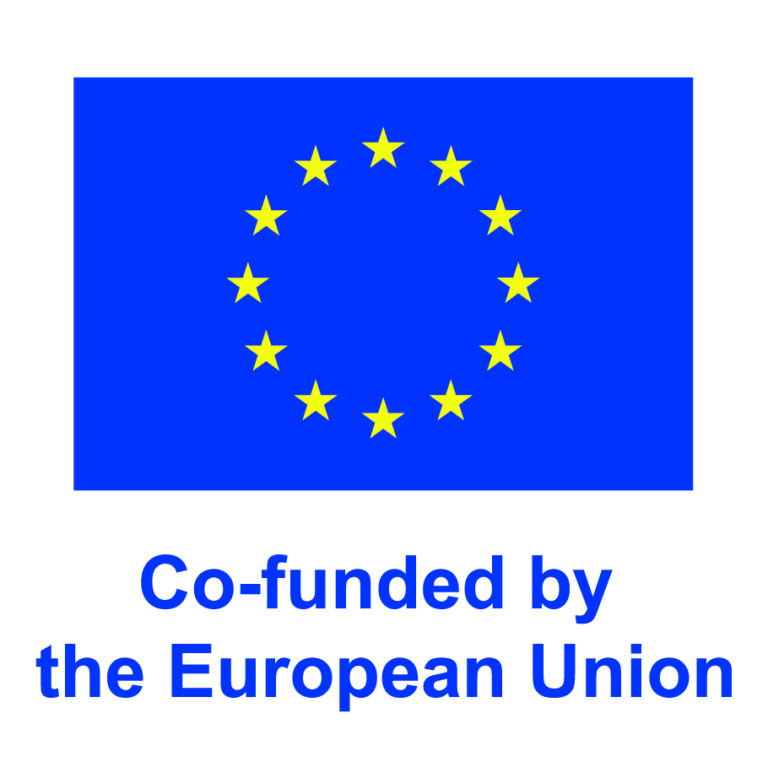NHyRA aims to deliver reliable measurement and quantification methods, new data and rigorous calculation-based models in order to determine H2 releases from the H2 value chain and assess its potential climate impact.


THE OBJECTIVES
NHyRA aims to address the existing knowledge gaps in terms of H2 releases, and its associated environmental impact, by assessing potential H2 releases along the entire H2 value chain and contribute towards achieving greater understanding among policymakers and stakeholders of the role of large-scale deployment of H2 as an energy carrier or industrial feedstock and solutions to mitigate any potential contribution to climate impact.
The main objectives of the NHyRA project include:
- Identify, prepare and quantify an inventory of the types of anthropogenic hydrogen releases expected throughout the hydrogen value chain in the middle (2030) and long term (2050);
- Identify and rank the main elements of the hydrogen value chain in terms of the estimated hydrogen release and definition of potential mitigation strategies;
- Develop and validate appropriate methodologies, test methods and protocols to assess hydrogen releases, as well as simulation and forecasting models for their quantification along the whole hydrogen value chain;
- Identify and investigate potential measuring technologies to detect and quantify hydrogen releases for different systems as well as the protocols for quality assurance (QA) to deploy them in different building blocks;
- Formulate recommendations for Standards and Technical Specifications.
Work packages
- H2 Releases Inventory
WP1 aims to:
- Identify the most critical elements of the H2 value chain
- To develop a comprehensive inventory to collect and make available in standardized form the information and data about H2 emissions in the value chain.
While the research is searching for evidence about the role of H2 as an indirect greenhouse gas, the investigation of H2 emissions from individual elements of the value chain is crucial to perform any assessment. To date, the literature includes many estimations. However, as not any standardized methodology or protocol is in place, the reproducibility of the existing data is not easily addressed. Furthermore, data are usually from scattered sources and stored in different storages increasing. A new repository will be designed in WP1 to cover the existing gap in the state of the art.
Leader: UNIBO
- Methodology development for H2 releases’ quantification
The main objective of WP2 is:
- To provide the necessary tools to quantify the releases from the most critical elements of the H2 value chain.
- To develop a toolkit of standardized methods for detecting, measuring and quantifying H2 emissions from elements across the entire value chain.
- Develop analytical methods to quantify H2 emissions from sources where engineering calculations are the most appropriate quantification approach such as methods to identify leaks, quantify individual leaks, quantify channelled emissions, and determine the aggregated emissions from facilities, sites or sub-areas of sites.
The scope of the work includes identifying potential H2 emissions and developing/selecting quantification methods and characterizing potential emission scenarios by developing measurement-based methods, procedures, and performance requirements for Leak detection, Leak quantification and Emission quantification at the site/ area scale (c.f. EN 17628:2022). For critical elements of the value chain (not readily measured), analytical methods based on empirical, semi-empirical or CFD models as well as operational data from the natural gas industry will be developed with adjustment for H2.
Leader: INIG
- Methodology validation and field tests assessment
WP3 has the following main objectives:
- To experimentally validate measurement-based methods for detecting and/or quantifying H2 releases developed in WP2
- To determine performance characteristics and uncertainties for the methods
- To acquire real world H2 emission rate data from high priority sources identified in WP1 to feed into WP4/WP5
In order to develop methods which provide H2 release data that scientific and industrial community can have confidence in, it is necessary to assess the performance of these methods in a robust, objective and reproducible manner. WP3 will therefore develop validation protocols in close alignment with the method performance characteristics developed in WP2, and aligned with the end user requirements understood from WP1. The validation will cover the methods for detecting and measuring H2 leaks and methods for determining releases from facility and sub-facility scales.
Leader: NPL
- H2 releases from supply chains
The main objective of WP4 is:
- To quantify the total potential H2 releases along the whole H2 value chain, considering their different building blocks (e.g., production, handling, end-uses, etc.).
This quantification, made possible by the development of a methodology for upscaling emission data and by the development of a simulation tool, will lead to the ranking of the main elements of the H2 value chain. Besides potential mitigation strategies will be identified thanks to literature and expert knowledge.
Leader: ENGIE
- Hydrogen release scenarios
WP5 aims to:
- Evaluate the scenario in terms of unmitigated H2 releases utilizing data from WP4 on the emissions from each element of the value chain.
- Compare mitigated vs. unmitigated scenarios to find effective mitigation strategies.
- Provide data on H2 releases for climate impact estimation in related projects.
The main objective of WP5 is to quantify H2 releases in future hydrogen economy scenarios, assess effectiveness of mitigation strategies developed by WP4 and bridge activities between NHyRA and Hydra
Leader: FBK
- Dissemination, communication and exploitation
WP6 has the following specific objectives:
- To communicate project activities and results to the public and specific target groups, using the best means of communication/dissemination and synergies;
- To promote the use of the results, especially key exploitable results, by relevant stakeholders, beyond the project.
WP6 is dedicated to activities related Dissemination, Communication and Exploitation, also including clustering with other projects and initiatives, as well as providing the branding and visual identity of the project.
Leader: GERG
- Coordination and Project management
WP7 aims to:
- Ensure the efficient project management progress in line with the budget and the schedule.
- Carry out the overall administrative and financial management and reporting of the project.
- Manage contacts with the Programme Officer (PO) and establish effective internal and external communication.
- Assess project risks to define proposals for remedial actions and resolve possible conflicts.
- Manage the IPR related to the achieved results and ensure an appropriate data management plan is in place.
The overall objective of the WP Coordination and Project Management is to ensure the smooth and timely project implementation
Leader: SNAM

